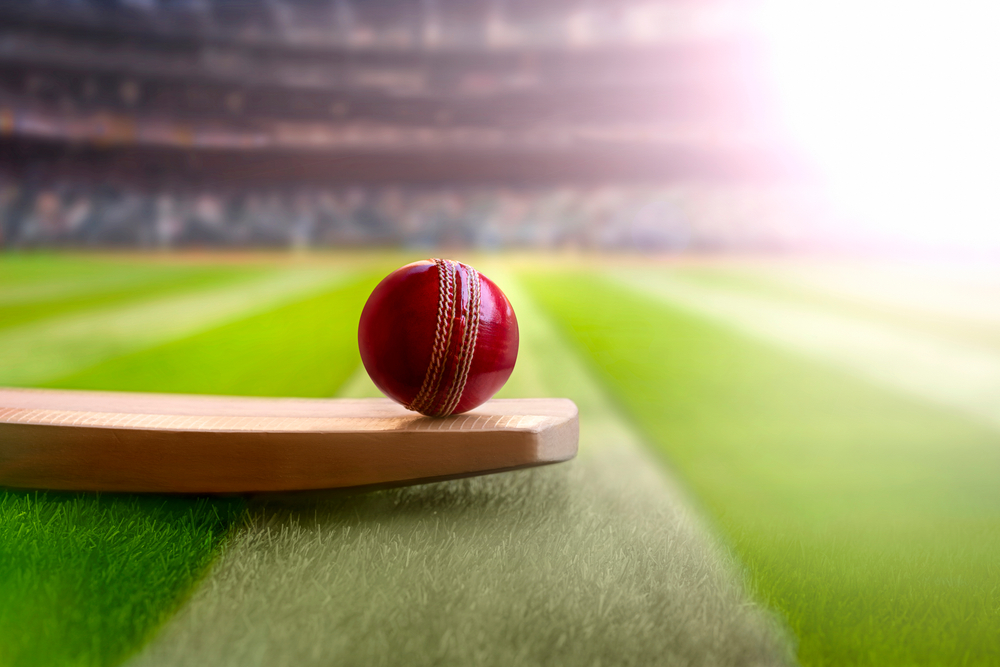While cricket remains relatively alien to many Americans, the passion of South Asian immigrants has propelled the USA Cricket team to reach the 2024 T20 World Cup Super-Eight round. In this ongoing remarkable voyage, the USA team triumphed over the cricketing giant Pakistan and had a close loss against India.
Big shout out to the US Men's Cricket Team, who advanced to the Super Eight knockout stage at the T20 World Cup after bad weather canceled their match against Ireland.
— First and Pen (@firstandpen) June 14, 2024
Because the US upset Pakistan last week, they finished second behind India in Group A. Let's goooo!!!! 🇺🇸🏏 pic.twitter.com/BmRSKKv8UM
Although the USA’s phenomenal performance may have surprised many sports media gurus and the general public, those who have been following USA cricket closely are not entirely astonished.
Before the T20 World Cup started, the team clinched a remarkable 2-1 series victory against Bangladesh. And last summer, history was made in American cricket with the debut of the nation’s first top-tier professional T20 league, Major League Cricket (MLC).
The second most watched sport globally after soccer, cricket is witnessing a significant rise in its global financial influence. The Indian Premier League (IPL) teams, on average, are now worth over $1 billion, and the media rights deal is valued at over $6 billion.
However, cricket has traditionally thrived only in Commonwealth countries. In recent years, its popularity has extended beyond these traditional borders, reaching a more global audience.
In the Middle East, countries such as Kuwait, Oman, and Qatar have seen a rise in their affinity for cricket. Similarly, countries in the Western Hemisphere, like the USA and Canada, have also experienced a growing enthusiasm for this sport. This surge can largely be attributed to the transformative influence of South Asians, who, with their unwavering passion and dedication, have brought their love and expertise of cricket to these regions from their home nations.
From Anglicization Policy of Integration to Resistance Against the Colonizers
Cricket, often called the “gentleman’s game,” is believed to have its oldest roots in south-east England, dating back to Saxon or Norman times.
By 1611, it had evolved into both a children’s game and an adult sport. The 17th century marked the development of village cricket and the formation of the first county teams. The 18th century was a period of significant advancements, with the establishment of the first written Laws of Cricket in 1744 and the Marylebone Cricket Club (MCC) at Lord’s in 1787. However, the true global spread of cricket began through English colonies, reaching diverse regions like North America, the West Indies, India, Australia, New Zealand, and South Africa by the early 19th century.
Researchers underscore that the British advanced cricket in different colonies as an element of their wider Anglicization strategy, urging the native populations to embrace English values. Likewise, promoting cricket in India was a method for the British to foster allegiance to the British Empire, thereby supporting their colonial rule.
In early Indian cricket history, it’s reported that various groups in the Indian subcontinent strategically adopted the sport to integrate with the British colonizers.
For many, especially those from an elite background, embracing this British pastime was a calculated move to climb the social ladder in colonial society. For example, the Parsi community in Bombay (now Mumbai) was among the first Indian groups to embrace cricket. In 1848, they formed the Oriental Cricket Club. This move not only provided the Parsis with social and economic opportunities by building close rapport with the colonial rulers but also inspired other communities to follow suit.
However, cricket also provided a means for the former colonial subjects to challenge the Empire by beating them in their sports.
As Indians honed their skills and competitiveness in cricket, the game underwent a transformation from a tool of colonial integration to a potent symbol of resistance.
After the partition and the end of the British Raj (rule) from the Indian sub-continent in 1947, both Pakistan and India found cricket to be a means of national pride and unique national identity development among the former British colonies.
One of the most memorable moments came in 1971 when India secured its first-ever test series victory against England on their soil.
This achievement was considered a moment of defiance in the Indian sub-continent, as India showcased its ability to not only compete but also overcome their former colonizers. Other former colonies (e.g., West Indies and Pakistan) also echoed similar sentiments—cricket victories against England were celebrated as acts of defiance and symbols of growing national identity.
Re-emergence of National Affinity, Nostalgia, and Identity Formation
Cricket in the US has a long history dating back to the early 18th century; its existence was chronicled for the first time in 1709 in America. Initially introduced via European immigration, cricket gained popularity in the US in the 18th and early 19th centuries.
But as baseball rose to become the national pastime after the Civil War, cricket’s popularity waned nationwide.
Nonetheless, the tide is beginning to turn in recent years due to the substantial immigration of South Asian individuals to the United States. This influx has brought renewed enthusiasm for cricket, with immigrants from India, Pakistan, Bangladesh, and Sri Lanka seeking to maintain a connection to their cultural roots through the sport.


